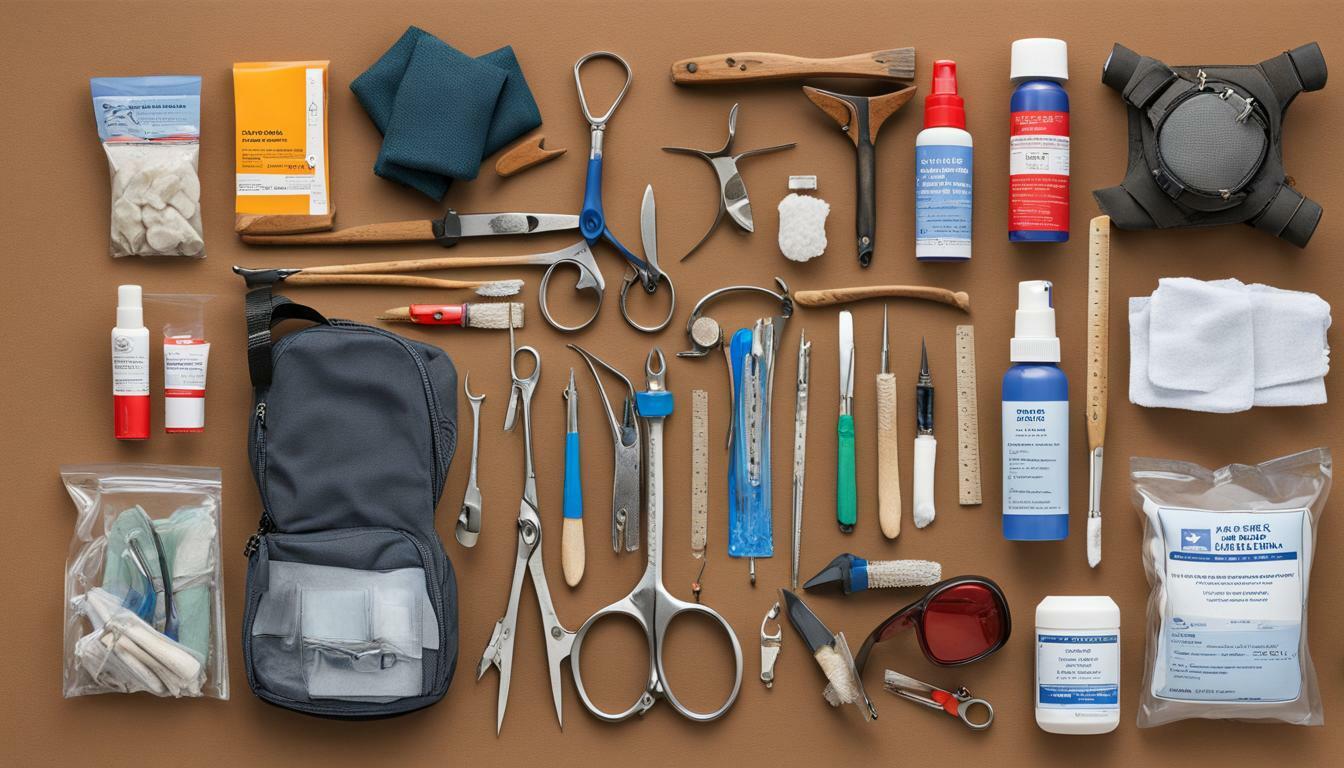Rock art enthusiasts are drawn to the beauty and mystery of ancient rock art sites around the world. While exploring these sites can be an exciting adventure, it’s important to prioritize preservation and safety. One of the essential ways to prepare for potential risks and emergencies is to have a well-stocked first aid kit specifically tailored for rock art exploration. In this article, we will explore the importance of first aid kits for rock art enthusiasts, understanding rock art preservation, essential items for a rock art enthusiast’s first aid kit, selecting the right first aid kit, emergency preparedness, and additional safety measures for rock art exploration.
Key Takeaways:
- Rock art enthusiasts should prioritize preservation and safety during their explorations.
- A well-stocked first aid kit tailored for rock art exploration is an essential preparedness tool.
- Understanding rock art preservation is crucial in preventing damage to the art and minimizing risks.
The Importance of First Aid Kits for Rock Art Enthusiasts
Rock art enthusiasts often venture into remote locations with rugged terrains and unpredictable weather conditions. Exploring these sites can be a challenging and risky activity, which is why having a well-stocked first aid kit is essential for preserving safety and preventing injuries.
Rock art sites require careful handling and preservation, as they can be easily damaged by human contact, natural elements, and wildlife. Mishandling could lead to the degradation or loss of the art, which is a loss not only to the cultural heritage but also to the scientific community and the public at large. Therefore, rock art enthusiasts should prioritize preservation and safety during their expeditions.
A first aid kit specifically designed for rock art enthusiasts should contain not only basic medical supplies, but also specialized tools and equipment for rock art preservation. For example, it might include items such as a soft-bristled brush for removing debris, a magnifying glass for examining details, or a measuring tape for documenting dimensions. These supplies will allow enthusiasts to properly care for the art and minimize the risk of accidental damage.
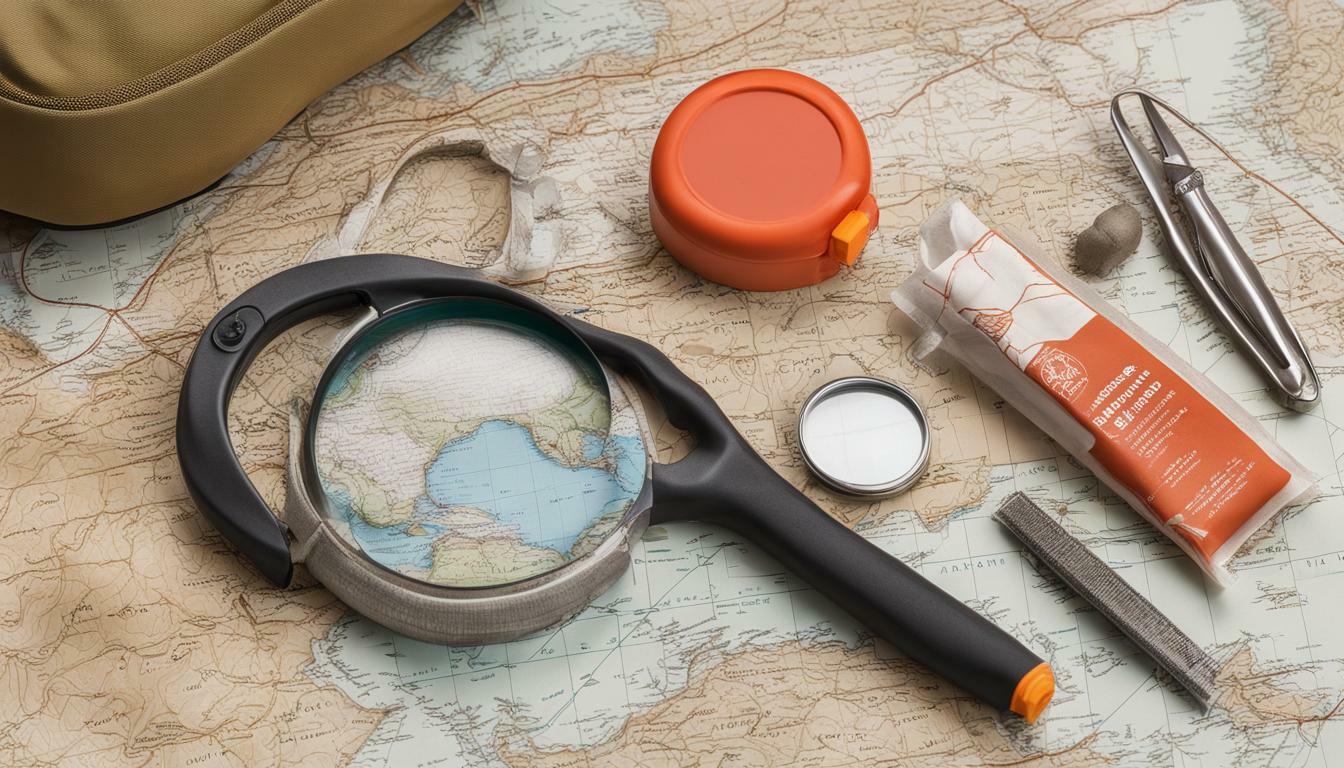
In addition to preserving the art, first aid kits also address potential injuries or emergencies that may arise while exploring remote locations. Rock art enthusiasts should be prepared for common injuries such as cuts, scrapes, insect bites, or burns, as well as more serious medical emergencies. A first aid kit that contains a variety of supplies, such as bandages, antiseptics, pain relievers, and emergency tools, can provide the necessary aid until professional medical help arrives.
Overall, first aid kits are an essential component of any rock art enthusiast’s expedition. By prioritizing preservation and safety, enthusiasts can ensure that they protect these remarkable cultural artifacts for future generations to enjoy.
Understanding Rock Art Preservation
Rock art preservation is an essential aspect to consider in the exploration of ancient art sites. Apart from the aesthetic value, rock art sites provide valuable information on the history and culture of ancient communities. Therefore, when visiting such sites, it is crucial to protect and preserve the existing art as much as possible. Preservation plays a role in safety as well, as damage to rock art can create hazardous conditions for visitors.
First aid kits can play a crucial role in rock art preservation. In the event of an accident, having the necessary first aid supplies can prevent further damage. For example, bandages and tape could be useful in securing a wound and preventing blood from spilling on the art. It is important to note that first aid supplies must be used sparingly, and any spills or stains must be cleaned up appropriately to avoid further damage to the art.
However, preserving rock art also involves taking preventative measures. One way to do this is by minimizing contact with the art. Touching the art can cause oils from our hands to transfer to the rocks, accelerating natural weathering processes. Therefore, it is essential to avoid touching the art, even when applying first aid.
Another way to preserve rock art is by being cautious of the surrounding environment. Activities such as camping, picnicking, and littering can all contribute to the degradation of the surrounding area, and the art itself. Ensure that any waste is packed out and that the surrounding vegetation and soils are not disturbed.
Overall, rock art preservation is integral for the safety and enjoyment of visitors. With the help of proper first aid supplies and preventative measures, we can protect these valuable sites for generations to come.
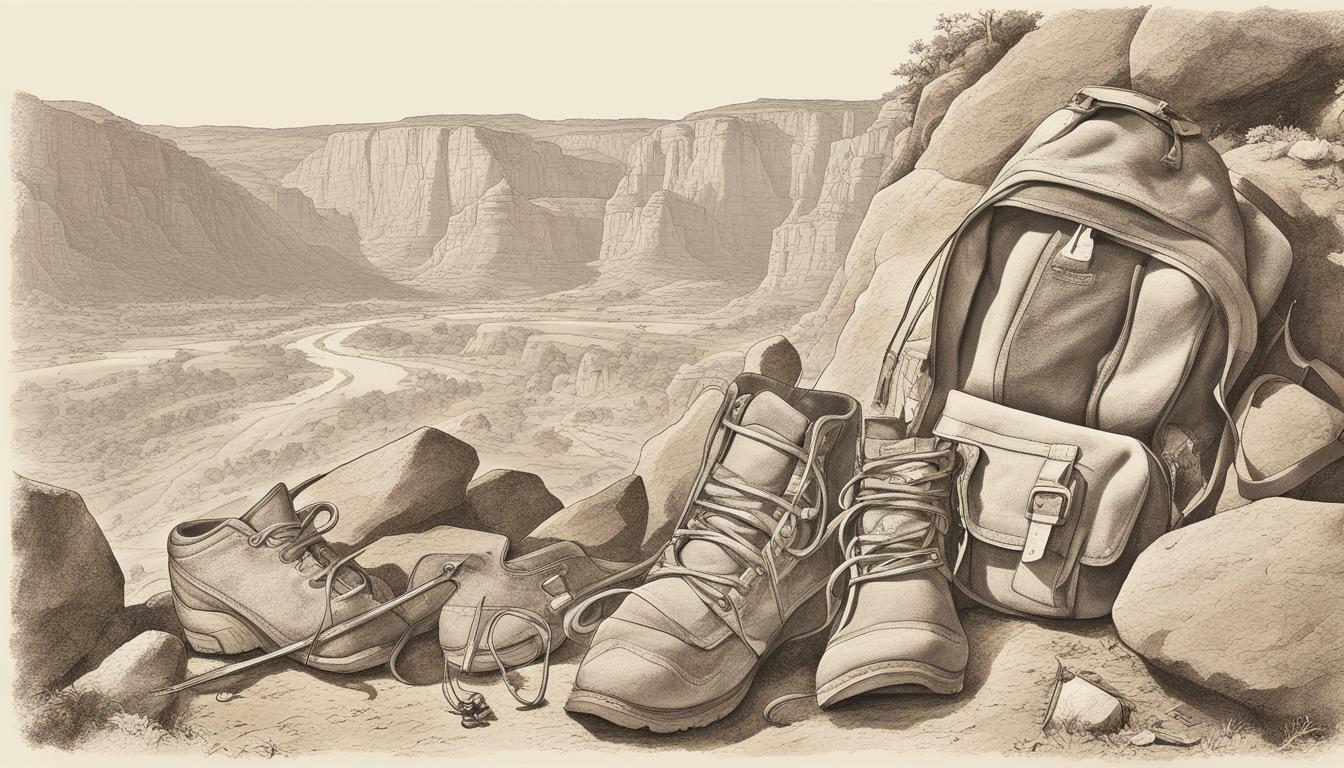
Essential Items in a Rock Art Enthusiast’s First Aid Kit
Exploring rock art sites can be an exhilarating experience, but it also poses potential risks. To ensure safety and preparedness, every rock art enthusiast should have a well-stocked first aid kit. Here are some essential items that should be included:
Basic Medical Supplies
These items are necessary for treating common injuries:
| Item | Quantity |
|---|---|
| Adhesive bandages | Various sizes |
| Gauze pads | Various sizes |
| Antibacterial ointment | One tube |
| Antiseptic wipes | A few packets |
| Pain relievers | A small bottle or packet |
Emergency Tools
These items can help in emergency situations:
| Item | Quantity |
|---|---|
| Tweezers | One pair |
| Scissors | One pair |
| Tape | One roll |
| Instant cold pack | One pack |
| Emergency blanket | One blanket |
Specialized Items for Rock Art Preservation
These items are crucial for preserving rock art sites:
- Nitrile gloves: One pair to prevent oil or sweat from damaging the rock art.
- Soft paintbrushes: Various sizes for dusting and cleaning the rock art.
- Paper towels: For wiping off dust and debris from the rock art.
- Water spray bottle: For misting the rock art to reduce the risk of cracking or flaking.
Having a first aid kit specifically tailored for rock art enthusiasts can make a significant difference in preserving the art and ensuring safety during exploration. Make sure to check your kit regularly for expired items and replace them as needed to ensure emergency preparedness and peace of mind.
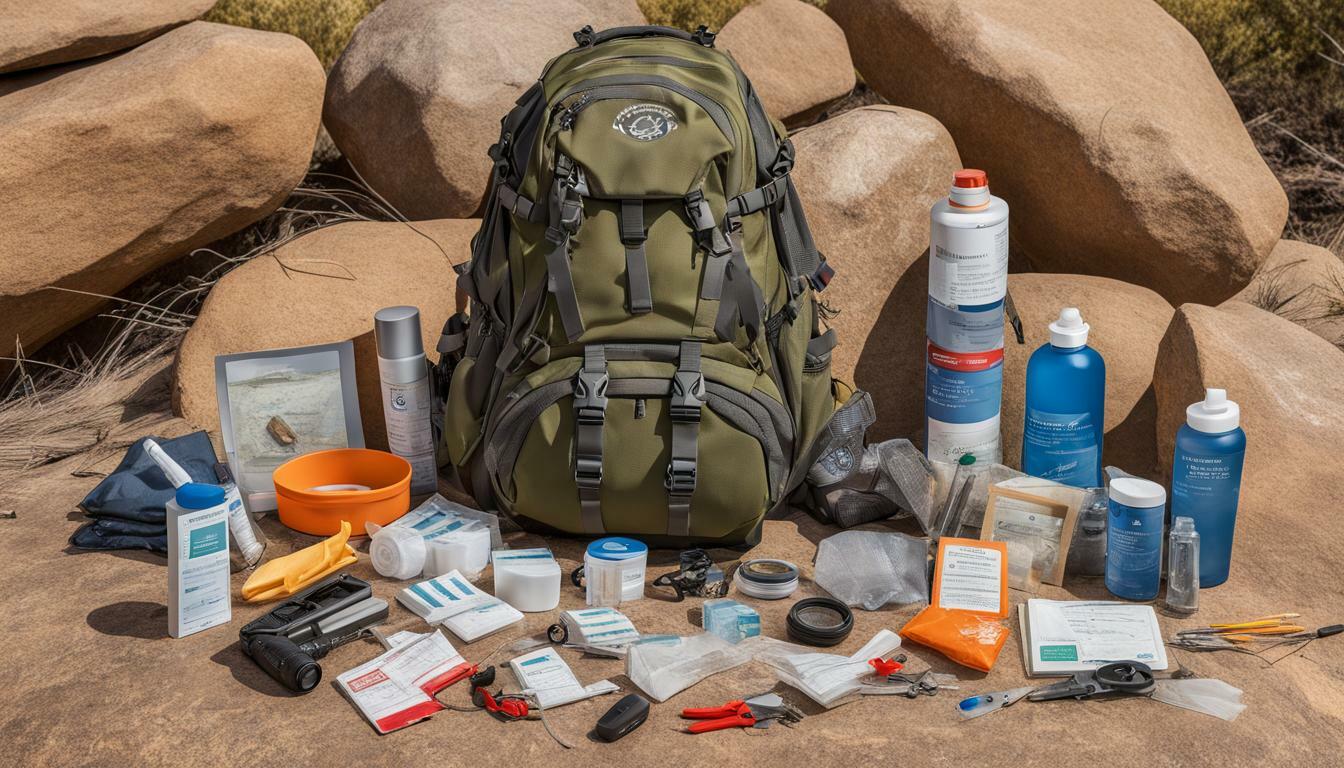
First Aid Kits for Wilderness Safety
Exploring rock art sites can be an exciting and rewarding experience, but it can also pose several risks and challenges. As a rock art enthusiast, it’s important to be well-prepared for any emergency situations that may arise during your wilderness adventures. This is where having a properly stocked first aid kit becomes crucial.
A first aid kit is a collection of essential medical supplies and emergency tools that can help you address potential injuries or illnesses in the field. Wilderness environments can be particularly unpredictable, and having a first aid kit on hand can provide peace of mind and a sense of security.
When selecting a first aid kit, be sure to choose one that is specifically designed for wilderness safety. These kits typically include a range of supplies and equipment that cater to the unique needs of outdoor enthusiasts. Some examples of items that should be included in a wilderness first aid kit are:
- Bandages and wound dressings
- Gauze and medical tape
- Tweezers and scissors
- Antiseptic wipes and ointment
- Instant cold packs
- Emergency blanket
- Whistle and signal mirror
- Water purification tablets
Additionally, if you’re exploring a rock art site, it’s a good idea to include specialized items that can help you preserve the artifacts. For example, you may want to include a soft-bristled brush for dusting or a pH testing pen to check the acidity of the surrounding environment.
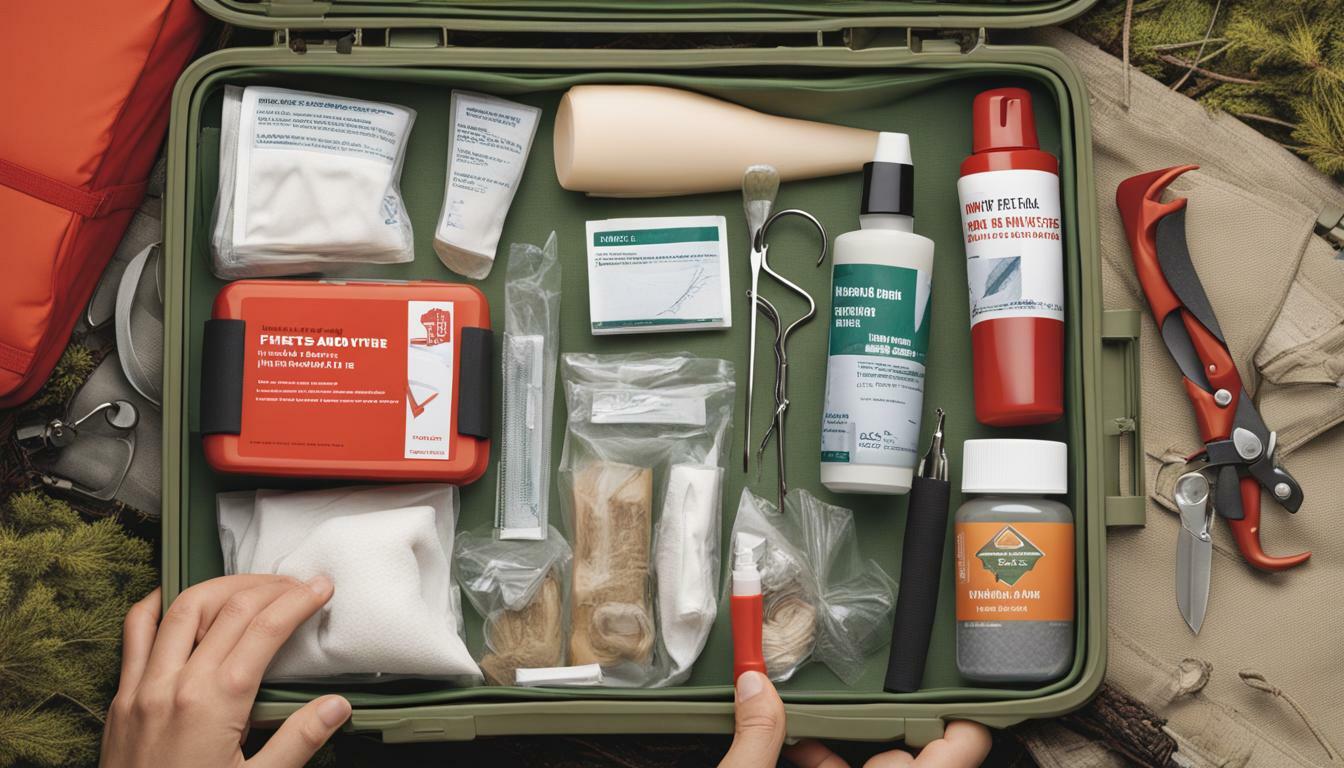
Remember that even the most well-stocked first aid kit is only effective if it’s properly maintained and inspected. Be sure to check the expiration dates of medical supplies and replace any items that have passed their expiration date. Also, make sure the kit is easily accessible and stored in a waterproof container to prevent moisture damage.
Finally, the best way to ensure your safety while exploring rock art sites is to be properly prepared and informed. Consider taking a wilderness first aid training course to acquire the necessary skills and knowledge to handle potential emergencies. Also, be sure to research and respect site regulations to minimize risks and preserve the integrity of the art.
Selecting the Right First Aid Kit for Rock Art Enthusiasts
When it comes to selecting the right first aid kit for rock art enthusiasts, it’s important to consider several factors. These include the size of the kit, its portability, and the specific features that cater to the unique needs of rock art preservation and safety.
One of the key considerations is the size of the kit. While you want to ensure that you have all the necessary supplies, you also don’t want a kit that is too bulky or heavy to carry with you on your explorations. Look for a kit that strikes a good balance between being comprehensive and practical.
Portability is also an essential factor to consider. A first aid kit that is easy to carry and transport will ensure that you always have it with you, even on long hikes or difficult terrain. Consider a compact, lightweight kit that can easily fit inside a backpack or attach to your belt.
The specific features of the kit should be tailored to the unique needs of rock art enthusiasts. Look for a kit that includes basic medical supplies such as bandages, antiseptic wipes, and pain relievers. It’s also important to have specialized items for rock art preservation, such as cotton swabs and pH-neutral cleaning solutions.
Another factor to consider is whether the kit includes emergency tools such as a flashlight, whistle, or multi-tool. These can come in handy in various situations and add an extra layer of preparedness.
Finally, don’t forget to check whether the kit includes any specific items that may be required for the types of rock art sites you plan to explore. For example, if you will be exploring sites with venomous wildlife, you may want to include a snake bite kit.
Overall, selecting the right first aid kit for rock art enthusiasts is crucial for ensuring safety and preparedness during outdoor adventures. With the right kit in hand, you can explore with confidence, knowing that you are equipped to handle any potential emergencies that may arise.

First Aid Kit Maintenance and Inspection
Proper maintenance and inspection of your first aid kit are crucial to ensure its effectiveness during emergencies. It is important to regularly check and restock your first aid kit with first aid supplies to guarantee that all items are up-to-date and in good condition.
You should also inspect for any damaged or expired items. Expired medical supplies such as medications, ointments, and bandages should be replaced immediately to maintain the quality of your first aid kit.
Aside from checking for medical supplies, make sure that your first aid kit is clean and dry. If you notice any signs of moisture or mold, replace your kit or remedy it before going outdoors.
First Aid Kit Inspection Checklist
Here is a checklist for maintaining and inspecting your first aid kit:
| Item | How to Inspect | When to Replace |
|---|---|---|
| Antiseptic wipes | Check if they are dry | Expired or dried out |
| Bandages and gauzes | Inspect if they are intact and sealed | Expired or opened |
| CPR mask | Check if the plastic seal is not broken | Broken seal or expired |
| Tweezers | Inspect if they are clean and sharp | Rust or dullness |
| Emergency blanket | Check if it is still sealed and not torn | Torn or opened |
Regular maintenance of your first aid kit ensures that it is always ready for any emergencies. Inspect your kit before and after each trip, and consider restocking items that were used or expired. By keeping your first aid kit updated, you can have the peace of mind that you are always prepared for any emergency.
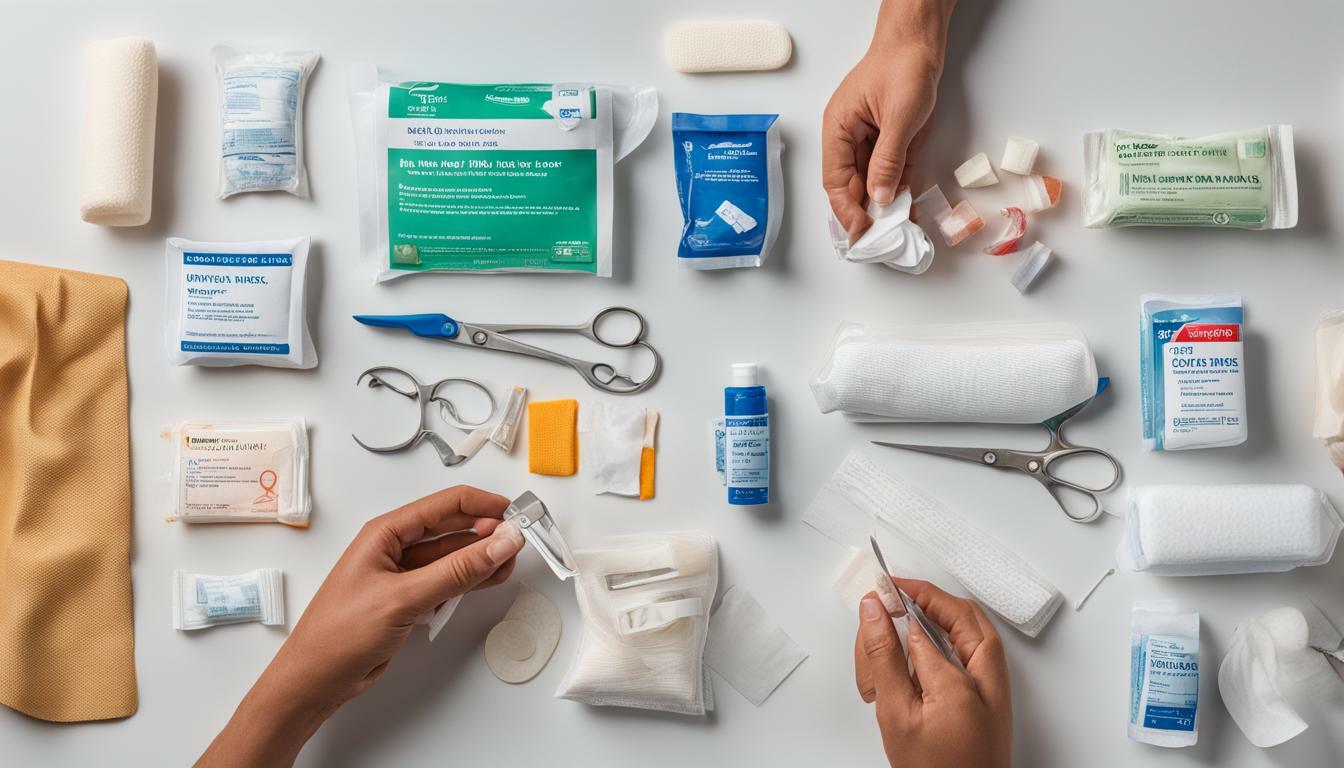
Emergency Preparedness for Rock Art Enthusiasts
When exploring remote rock art sites, it is crucial for enthusiasts to prioritize their safety by preparing for potential emergencies. A well-stocked first aid kit is essential, but it is also important to consider additional emergency preparedness measures that can mitigate risks and improve overall safety.
Communication devices: It is advisable to carry a communication device such as a satellite phone, two-way radio, or a personal locator beacon (PLB). These devices can be used to call for help in case of an emergency or to communicate with others in your party.
Navigation tools: When exploring unfamiliar terrain, navigation tools such as a GPS device or a map and compass can be lifesaving. It is also important to know how to use them effectively. Consider taking a navigation course before embarking on a remote adventure.
Basic survival skills: Basic survival skills such as building a shelter, starting a fire, and finding water can be invaluable in emergency situations. Enrolling in a wilderness survival course can equip you with the necessary skills and knowledge to respond effectively to unexpected situations.
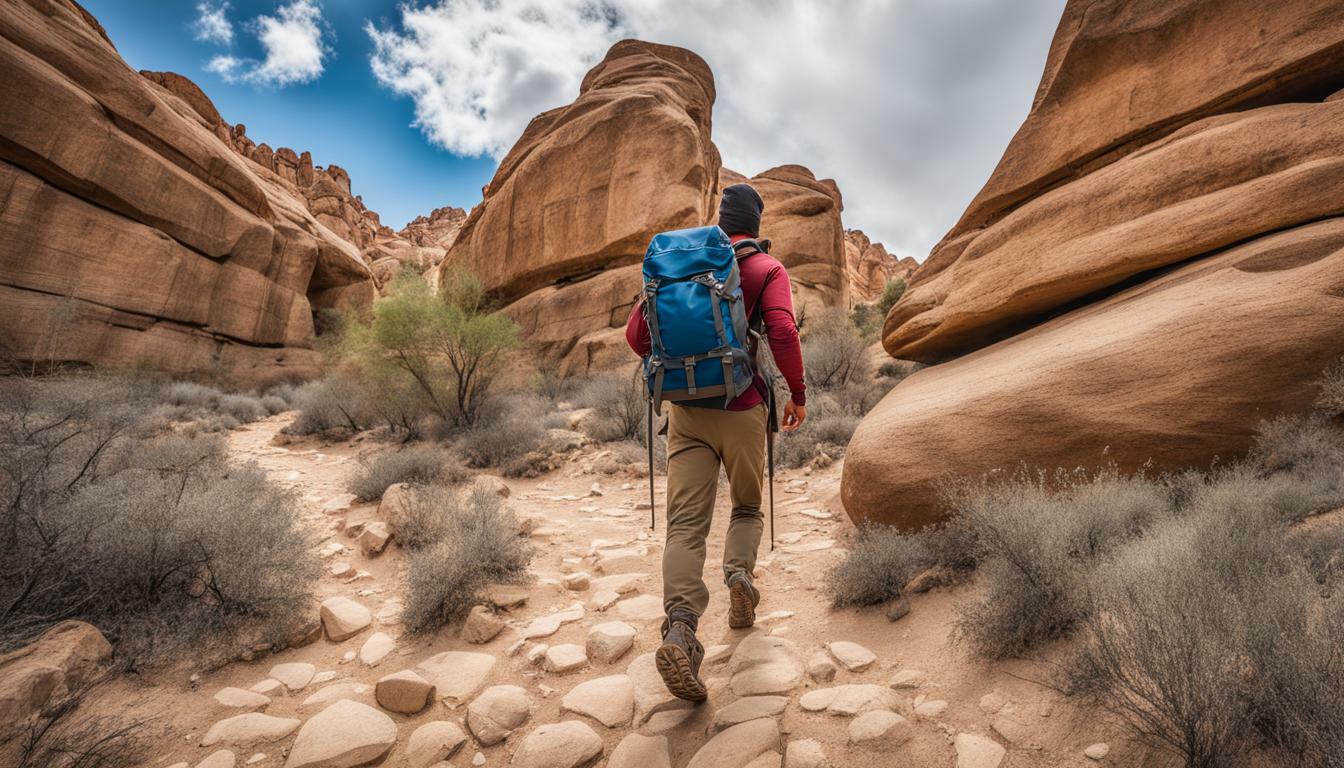
Plan and share your trip: Letting someone know your itinerary and expected return time is crucial when exploring remote areas. In case of an emergency, search and rescue teams will have a better chance of finding you if they know where to look.
Respect site regulations: Many rock art sites have specific rules and regulations that visitors must follow to preserve the artwork and minimize damage to the environment. By respecting these regulations, you can help ensure the integrity of the site and minimize risks of potential accidents.
Proper attire: Dressing appropriately for the environment is important for both comfort and safety. Wear sturdy shoes with good traction, and dress in layers to prepare for changing weather conditions.
Taking the necessary precautions and preparing for potential emergencies can significantly improve your safety when exploring rock art sites. By combining a well-equipped first aid kit with additional emergency preparedness measures, you can make the most of your outdoor adventures while minimizing the risks.
Additional Safety Measures for Rock Art Exploration
Exploring rock art sites can be a thrilling experience, but it comes with potential risks that should not be overlooked. Below are some additional safety measures that rock art enthusiasts should consider during their adventures:
- Wear appropriate clothing: When exploring rock art sites, it’s important to wear clothing that provides protection from the sun, insects, and sharp rocks. Closed-toe shoes with good traction are also necessary to navigate uneven terrain.
- Bring sun protection: Sunscreen, hats, and UV protective clothing are essential to avoid sunburn and minimize the risk of heat exhaustion.
- Respect site regulations: Rock art sites may have specific regulations that restrict certain activities, such as climbing on the rocks or touching the art. It’s important to abide by these rules to preserve the integrity of the site and avoid potential injuries.
- Carry a whistle: A whistle is a simple yet effective way to signal for help in case of an emergency.
- Bring a map and compass: In areas without cell service or GPS signal, a map and compass are crucial tools for navigation. Make sure to familiarize yourself with the terrain and plan your route before setting out.
- Travel in groups: Exploring rock art sites with a partner or a group is recommended in case of an emergency or injury.
By following these additional safety measures, rock art enthusiasts can minimize risks and enjoy a safe and memorable exploration of these fascinating sites.
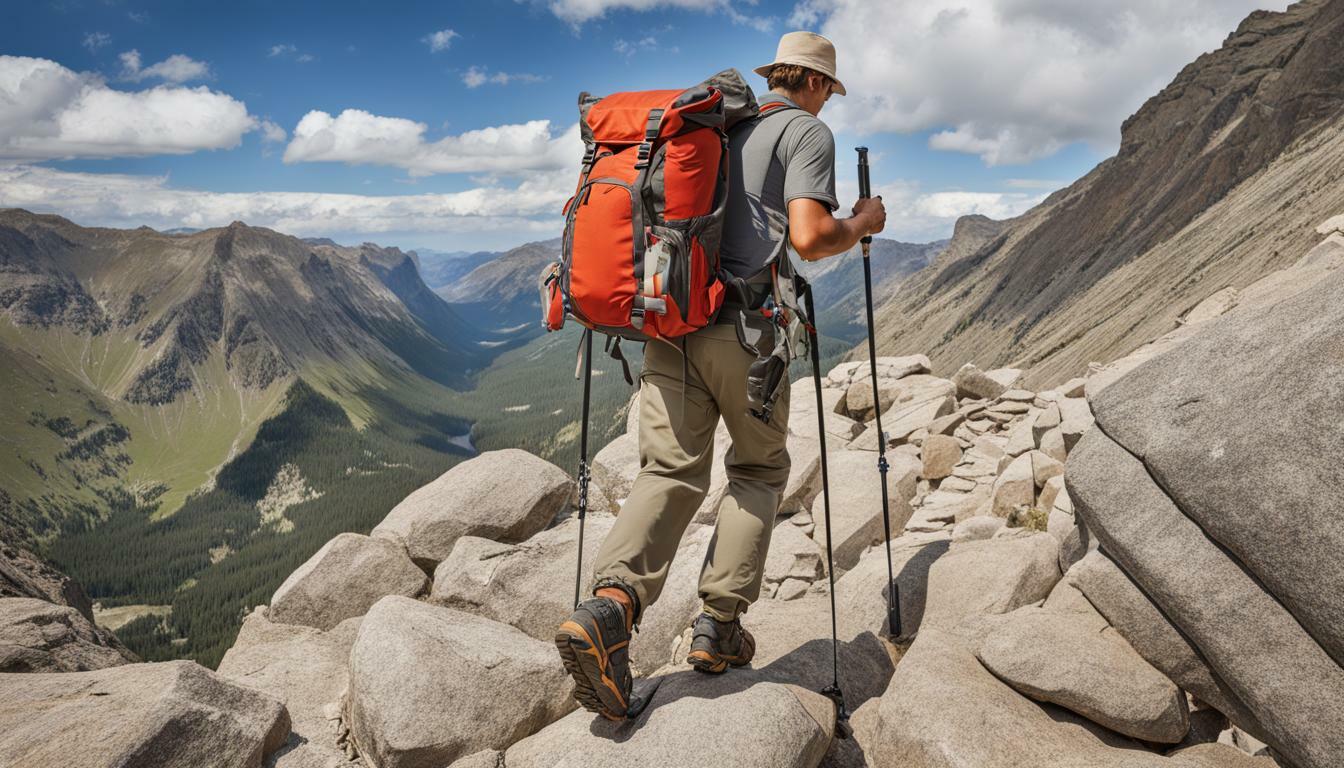
Wilderness First Aid Training for Rock Art Enthusiasts
Undergoing wilderness first aid training can equip rock art enthusiasts with the necessary skills and knowledge to respond effectively to potential injuries or emergencies while exploring remote locations. As rock art sites are often situated in rugged terrain and can involve long hikes, it is essential to be prepared for various scenarios that may arise.
Wilderness first aid training typically covers topics such as assessing and treating injuries, managing medical emergencies, and providing basic life support. It also focuses on outdoor-specific concerns such as hypothermia, altitude sickness, and animal bites.
Organizations such as the American Red Cross and the National Outdoor Leadership School offer wilderness first aid courses that cater to different skill levels and durations. Online courses are also available for those who prefer a self-paced learning experience.
Having wilderness first aid training can boost confidence and reduce fear when exploring rock art sites, making it easier to handle emergency situations. It is also a valuable asset when travelling to remote locations for other outdoor activities.
Remember, prevention is key to ensuring a safe and enjoyable rock art exploration experience. However, being prepared for potential emergencies is equally important. Consider enrolling in a wilderness first aid training course to equip yourself with the necessary skills and knowledge.

The Importance of First Aid Kits for Rock Art Enthusiasts
Exploring rock art sites can be an exciting and fulfilling experience for enthusiasts. However, it is important to remember that these sites are delicate and require proper preservation and handling. Moreover, rock art exploration often involves navigating rugged terrains and remote locations, which can pose various risks to safety.
Having a well-equipped first aid kit specifically tailored for rock art enthusiasts is crucial in addressing potential injuries or emergencies in such situations. A properly stocked first aid kit can also help to prevent damage to the rock art sites by allowing for the prompt treatment of injuries, reducing the risk of accidents, and acting as a tool for preservation.
The Need for Proper Preparedness
Exploring rock art sites can be unpredictable and may involve unexpected situations that require proper preparedness. A first aid kit can provide the necessary tools for addressing injuries or emergencies, such as cuts, burns, or sprains. Additionally, a first aid kit can protect against wildlife, sun exposure, and other hazards that are inherent in outdoor exploration.
By having a first aid kit readily available, rock art enthusiasts can be confident in their ability to navigate and explore these sites safely, ensuring both their own wellbeing and the preservation of the art.
The Role of First Aid Supplies in Rock Art Preservation
Rock art sites are delicate and require careful handling to ensure their preservation. A first aid kit can provide the necessary tools for addressing injuries or accidents that may cause damage to the art. For instance, adhesive bandages can be used to protect against cuts or scrapes that may occur when handling sharp rocks, while gloves can protect against oils and dirt that may be harmful to the art.
By using first aid supplies in a responsible manner, rock art enthusiasts can help to ensure the long-term preservation of these fascinating and historic sites.
Conclusion
Exploring rock art sites can be an enjoyable and educational experience for enthusiasts. However, it is important to remember that proper preparedness and caution are crucial in ensuring both personal safety and the preservation of these delicate sites.
By investing in a well-stocked first aid kit specifically tailored to their needs, rock art enthusiasts can be confident in their ability to address injuries or emergencies that may arise during exploration. This not only ensures their safety but also helps to protect the integrity and longevity of these significant cultural artifacts.
